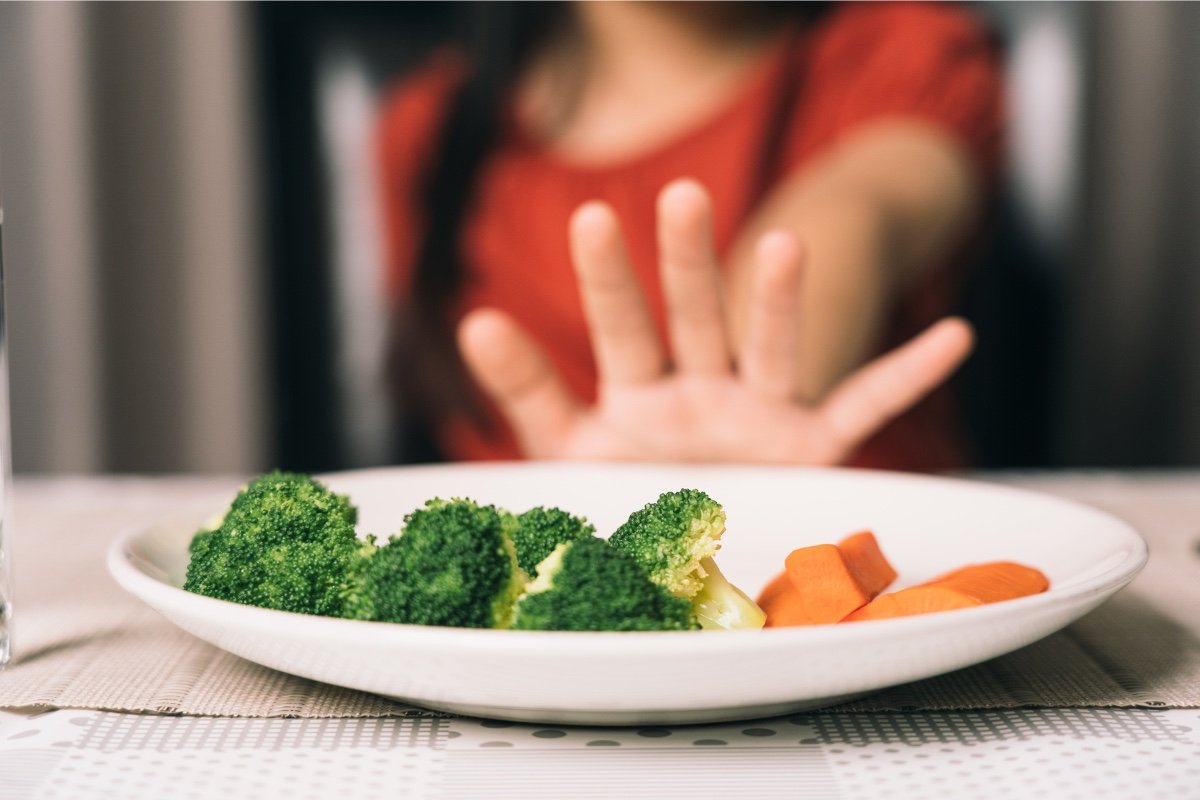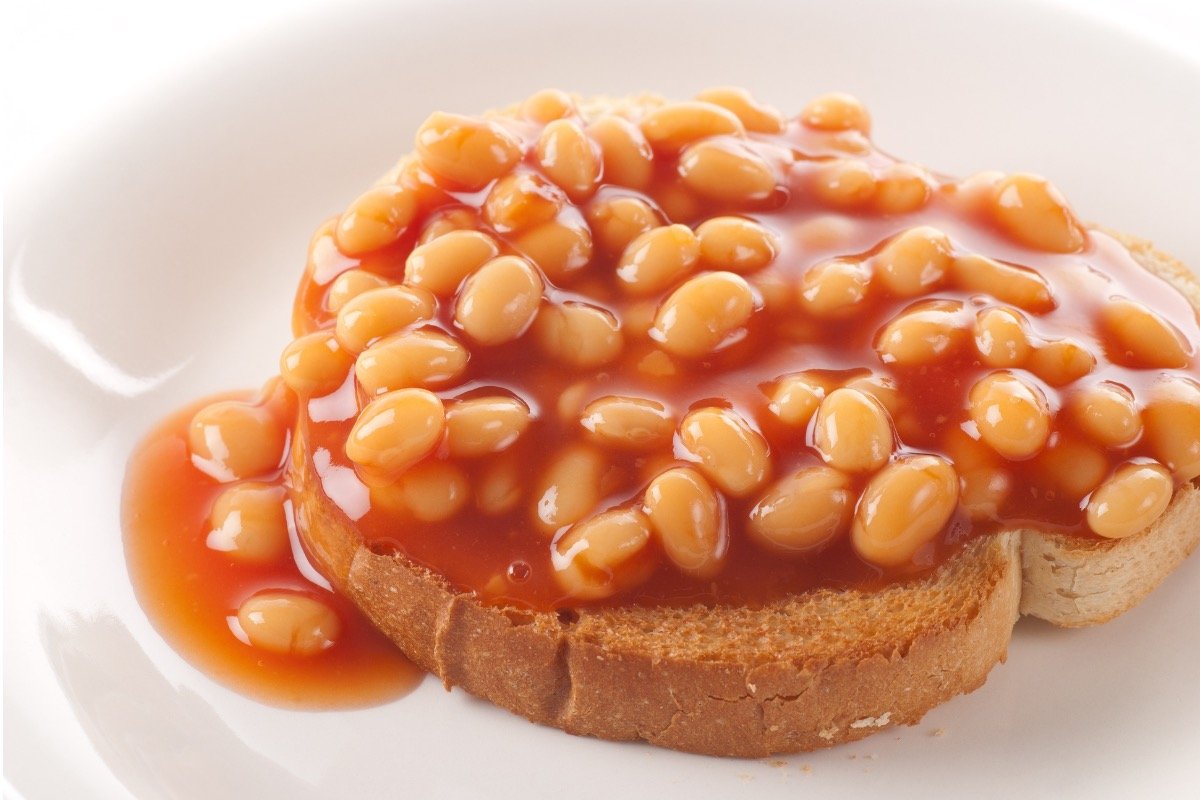The Best Vegetables For Picky Eaters
As parents, we all want what’s best for our kids - and when it comes to food, that means vegetables!
Unfortunately, most kids only care about how food tastes, and as far as they’re concerned, veggies don’t cut it….
But the good news is, some vegetables are easier to win them over with than others.
Here’s my pick of the best vegetables for picky eaters—the ones that are naturally sweet, mild, or just fun to eat.
Why are vegetables such a big deal anyway?
Vegetables provide vitamins, minerals, dietary fiber and many phytonutrients (compounds naturally present in plants) that are essential to healthy growth and development in kids.
They’re also important for immune function and may help protect against chronic diseases such as heart disease, stroke and some types of cancer later in life.
Despite these health benefits, only a small percentage of kids eat the recommended amount of vegetables each day.
BUT - before you freak out about your child’s pitiful veg intake, read on for why veggies aren’t the be-all and end-all.
What’s up with kids and veggies?
For parents, getting kids to eat their veg can feel like a constant uphill battle.
In fact, I’d go as far as to say that veggie refusal is the number one cause of mealtime battles (more on strategies for coping with picky eaters here).
But why exactly do so many kids dislike veg?
Well, stay tuned for a little science lesson….
From an evolutionary perspective, infants and young children have an inbuilt preference for sweet flavors and a dislike of bitter flavors.
This makes sense from a survival point of view as breastmilk is sweet, as are many nutrient-dense, high-calorie foods - while bitter-tasting foods may contain toxic chemicals, for example, those found in inedible plants.
On top of this, some children also have an extra sensitivity to bitter tastes, which makes them even more likely to reject bitter-tasting vegetables such as broccoli, kale and the infamous Brussels sprouts.
‘Bitter taste sensitivity’ is thought to be due to a gene that increases sensitivity to a chemical called 6-n-propylthiourachil (PROP) which is found in bitter-tasting vegetables and other foods such as coffee and dark chocolate.
People with an extreme aversion to PROP are classified as ‘supertasters’.
At the other end of the spectrum, some people are not able to taste PROP at all (the Brussel Sprouts lovers!).
Supertasters may also have more taste buds and receptors than normal tasters.
Tips for kids who don’t like vegetables
OK, so as there’s not much we can do about evolution and genetics, what can we do to help our kids learn to love veg??
You might think as a pediatric dietitian my kids eat all their veggies, but this is absolutely not the case!
Even us dietitians are helpless against the forces of biology.
So, like you, I’m constantly trying to find the easiest ways to get my kids to eat their veg.
Here are my best tips - some may work for you, some may not, but you don’t know until you try!
And remember, veggie-loving can be a long-term game so don’t give up too easily.
Firstly, stop stressing about vegetables
I hear you, what kind of parent doesn’t worry about their kids’ veg intake??!
And yes, there’s no doubt that vegetables offer a lot of important nutrients.
But the good news is kids can get these nutrients from other foods too, particularly fruit.
So if your child doesn’t eat enough veg but eats plenty of fruit, they’re likely getting the nutrients they need to grow and thrive (but keep offering that veg!).
However, if your child also doesn’t eat fruit they may be at risk of nutritional deficiencies and it’s a good idea to seek advice from a pediatric dietitian.
Add veggies where you can
I’m talking bolognese sauce, meatballs and burgers, smoothies and even black bean brownies - adding veggies into dishes is a great way to get picky kids to eat at least a few veggies.
If your child doesn’t accept visible veggies (like pieces of carrot in a bolognese sauce), just blend them all up before you add them in.
My son loves zucchini slice and pumpkin soup even though he’d never eat plain zucchini or pumpkin, so offering veggies in dishes where the taste isn’t as strong can be worth a try.
The aim isn’t to sneak the veggies in as this can cause trust issues and lead kids to become more picky, so be honest if your child asks what’s in a food, but there’s also no need to shout it from the rooftops.
Start with veggies with a mild flavor
Going straight to veggies with a bitter flavor might be asking too much.
Start with veggies with natural sweetness such as carrots, cucumber, snap peas, red bell peppers, butternut squash and green beans.
Then gradually work up to those bitter flavors.
Lead by example
Many parents who report their kids won’t eat veggies don’t actually eat many veggies themselves…and guess what? Your kid notices!
So, if you want them to eat their 5 a day, start by eating veggies yourself, and plenty of them.
If your child sees you eating and enjoying vegetables, they'll be more likely to try them and learn to like them.
Remember to also give plenty of love to veggies out loud - talk about what veggies you like, why you like them and how you like to eat them.
Your child will probably make a point of disagreeing with you, but the seed is planted!
Presentation is key
OK, so I’m not telling you to make veggies into cute little animals (ain’t nobody got time for that!).
BUT, a couple of extra minutes to cut some shapes (small cookie cutters are great for this), or arrange veggies into a face on their plate can make them a lot more excited to eat them.
Get kids involved
If kids are part of the action when it comes to choosing, preparing and cooking vegetables, they’re far more likely to eat them - or at least try them.
Let your kids choose a veggie at the supermarket or grocery store, and get them involved with washing, peeling, chopping and arranging the veggies, depending on their age and where their skills are at.
Kids are generally more likely to try something they’ve helped to prepare and they can learn some valuable life skills in the process!
Offer options
Children love to feel in control, so let them!
Try to offer a choice of veggies with their meal, for example, ‘would you like peas or carrots with your chicken?’ or ‘should we have sweet potato chips or normal potato chips tonight?’.
Aim to also include plenty of different veggies served in different ways instead of sticking to the same old broccoli and carrots every night.
Go for different colors, textures, flavors and cooking methods.
Reduce the bitterness
We often don’t notice it as adults as we’ve gotten used to it over time, but many vegetables such as broccoli, can taste quite bitter to a child.
Try reducing this bitterness by sautéing and roasting vegetables rather than steaming or boiling, and toss in some melted butter and a little salt (but avoid salt in children under 1) or maybe even a little parmesan cheese.
Include veggies in snacks
Vegetables don’t just have to wait until dinner, including them in snacks on a daily basis can be an easy way to up your child’s veg intake.
Snacks such as veggie sticks with dip or peanut butter, cucumber slices with cream cheese or veggie muffins are great ways to get a little more veg into the day.
I put out a plate of raw veggies for my kids before dinner when they're hungry and I know they're more likely to eat them.
Remember your job
Your job as a parent: decide what foods are offered and when.
Your child’s job: to decide whether to eat and how much.
This approach, known as the ‘division of responsibility’ allows children to develop and maintain a positive relationship with food.
Using tactics such as 'just one bite' or ‘no dessert unless you eat your veggies’ can be very tempting.
Unfortunately, this can send kids the message that there's something unappealing about vegetables and mean they're even less likely to eat them.
So try to remember to stay in your lane.
Trust me, it’s a whole lot more peaceful there….
Don’t give up!
If your child still won’t eat veg, remember, it can take A LOT of exposures to a food before it’s accepted, so don’t give up.
Continue offering a variety of vegetables, even the ones they don’t eat or say they don’t like.
It’s highly unlikely to happen overnight and can feel like it’s never going to happen, but then one day they might just surprise you.
Best Vegetables For Picky Eaters
1.Carrots
Carrots are an easy win for lots of picky eaters.
They’re sweet with a crunchy texture and can be cut into different shapes.
Plus, they make an excellent dipper for peanut butter, hummus or other dips.
Roasted carrots can also be delicious or simply steamed and served with some melted butter and a little honey (avoid honey in children under 1).
Carrots are also a great one for adding to sauces and meatballs, just finely dice or grate. If your child won’t accept visible pieces of carrot in their bolognese, just steam them and blend them up with some other veg before adding them in.
My favorite way to serve carrots to my kids is to give them a plate of carrot sticks (and maybe a few other veggie sticks such as celery and cucumber) and a little peanut butter to dip just before dinner when they’re really hungry.
2. Sweet Potatoes
Sweet potatoes are naturally sweet and packed with vitamins and minerals, including vitamin A, which is essential for eye health.
Bake them into fries, mash them with a bit of butter and cinnamon, or incorporate them in dishes like soups and stews.
They can even be added to sweet treats such as muffins and brownies.
3. Peas
Small, sweet and mild in flavor, peas are an easy win for many kids.
Some kids even like to eat them straight from the freezer!
Peas can also be blended into dishes such as soup.
4. Zucchini
Zucchini is another good option for adding to dishes such as pasta sauce and meatballs, muffins and pancakes.
You can also make zucchini fries by baking sticks of zucchini with some oil and salt. Add a sprinkling of parmesan for extra flavor.
My picky eater is mad about zucchini slice even though he would never touch a piece of zucchini - so that could be worth a try too!
5. White potatoes
Nothing wrong with good old white potatoes! In fact, despite their sometimes questionable reputation, potatoes are very nutritious, with plenty of fiber, vitamin B and antioxidants.
Many children accept mashed potato (especially with a little butter!), jacket potatoes with cheese or good old chips or french fries.
Try making your own baked version at home for the most nutritious option.
6. Cauliflower
Cauliflower can be easily added into dishes because of its color and mild taste.
You can also add some riced cauliflower to standard rice or blend it up and add it to soup or mashed potato.
7. Sweet corn
On or off the cob, thanks to its delicious sweetness, sweetcorn can be a winner with even the pickiest eater.
It also makes a great addition to veggie muffins, fritters and soups such as chicken and sweet corn soup.
And despite the rumors, sweetcorn is a perfectly nutritious food, containing fiber, vitamins, minerals and antioxidants.
8. Pumpkin
Roasted pumpkin takes on a delicious sweetness that’s hard to beat.
Pumpkin can also be mashed or grated and added to veggie muffins, fritters and even cakes.
And yes, I know that they’re technically a fruit, not a vegetable, but I still put them firmly in the ‘vegetable’ category!
9. Cucumber
Cucumber has a high water content, making it refreshing and mild in taste.
Plus, like carrots, you can chop them into different shapes, serve them with dips or try making some cute little cucumber rounds with toppings.
10. Baked beans
Yep, baked beans count as a vegetable!
Legumes such as beans are full of nutrients - fiber, protein and iron - and baked beans are often a hit with picky eaters thanks to their sweet flavor.
Go for reduced salt varieties, or try making your own at home.
11. Cherry tomatoes
With their bright red colour and juicy sweet flavour, cherry tomatoes (while technically a fruit, not a vegetable!) are an easy win with many kids.
Add them onto a kebab with cheese or pop a few in the lunchbox or on a snack platter.
12. Sugar snap or snow peas
These are also a great vegetable to try growing at home as they tend to grow easily and fairly quickly.
Even if your child won’t touch a sugar snap pea from a supermarket, they’ll find it hard to resist trying one they’ve grown themselves, and this might be all it takes to bring them around.
Remember, the key to encouraging picky eaters to try new vegetables is to make the experience fun and positive.
Get creative with how you serve vegetables, involve your kids in choosing, preparing and cooking veg, and most importantly, be patient as they explore new flavors and textures.
With time and persistence, you can help your picky eater develop a love for vegetables that will last a lifetime and encourage a lifetime of good health.














